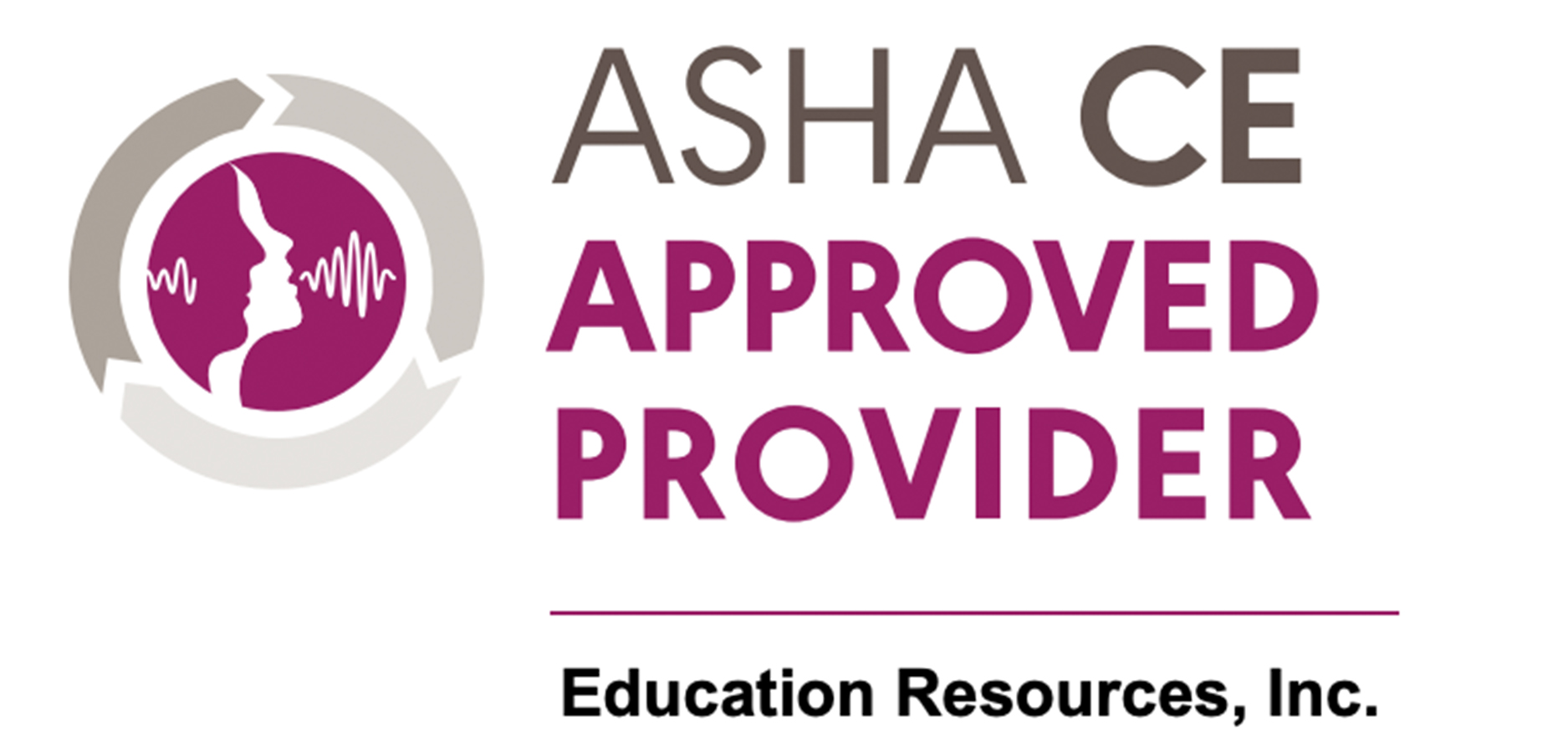This course will provide physical and occupational therapists with a deeper understanding of the complex multi-system involvement of the brain in reflex integration, movement, learning, and daily functioning. The instructor will use innovative and multi-sensory approaches to help participants relate the information to their everyday practice. The first day of the course will focus on the functional aspects of Neuroanatomy. The second day will focus on the interaction between the vestibular-visual systems. The visual system is often overlooked by both occupational and physical therapists. It has an enormous impact on the precise functioning of the vestibular system and dysfunction can result in poor performance across all areas of a child’s function. The instructor strives to provide therapists with a new perspective to demonstrate the importance of addressing visual dysfunction within their vestibular treatment. Participants will review real life cases through video to enhance understanding of the material. At the end of this two-day course, therapists will have a proficient functional knowledge of neuroanatomy and the visual-vestibular systems in the dysfunctional pediatric population, and immediately utilize this knowledge to augment their current practice.
At the conclusion of this course, the participant will be able to:
- Understand impact of poor reflex integration and assess reflex maturation in the pediatric population.
- Describe the functions of the cerebellum and basal ganglia and their importance in learning development, and dysfunction.
- Discuss the importance of the vestibular-visual systems and their involvement in dysfunction in the pediatric population.
- Utilize current research to enhance practice.
- Integrate the concepts discussed and apply them to client treatment.
Janine Wiskind, MS, OTR/L is a pediatric occupational therapist with over 20 years of clinical experience. She began her career in brain injury rehabilitation, transitioned into school-based practice, and now serves as the founder of On Solid Ground, a private pediatric clinic in Atlanta specializing in reflex integration, sensory processing, and family-centered care.
Janine is known for her dynamic, engaging teaching style and her ability to make complex neuroscience and clinical concepts practical and accessible. For more than 15 years, she has been presenting nationally for a variety of organizations and professional groups, sharing evidence-informed strategies that help therapists not only understand what to do, but also the critical why behind children’s behaviors and developmental needs.
In addition to her clinical and teaching work, Janine is the founder of Body & Brain Parenting, an online platform that provides parents with accessible education and tools to view parenting through the lens of occupational therapy.
As a clinician, educator, and mother of two teenagers, Janine brings both professional expertise and lived perspective to her teaching. Her curiosity and commitment to lifelong learning inform a well-rounded, compassionate approach that equips therapists to grow in confidence and creativity while supporting the children and families they serve.
Financial Disclosure: Janine Wiskind receives an honorarium from Education Resources, Inc.
Non-Financial Disclosure: Janine Wiskind has no relevant non-financial relationships to disclose.
VENUE ADDRESS
McLane Children's Hospital
1901 S.W.H.K. Dodgen Loop
Temple, TX 76502
Directions
VENUE LOCATION MAP
Click image to access Google Maps.
This course meets the criteria for 14 contact hours (1.4 CEU's).
TX Physical Therapy Association accredited provider. This course meets the approval for Type 2 CEUs by the TX Board of OT Examiners. The MI Physical Therapy Association recognizes other Boards's approvals.
Application has been made to the OH Physical Therapy Association.
Approved provider of continuing education by the American Occupational Therapy Association #3043, for 14 contact hours - Intermediate Level Occupational Therapy Process: assessment, intervention. The assignment of AOTA CEU's does not imply endorsement of specific course content, products or clinical procedures by AOTA.
NBCOT professional development provider - 14 PDU's.
This course is offered for up to 1.4 ASHA CEUs (Intermediate level, Professional area).
This program has been submitted for approval of 14 clock hours of continuing education credit by the TX Speech-Language -Hearing Assocuiation (TSHA)



